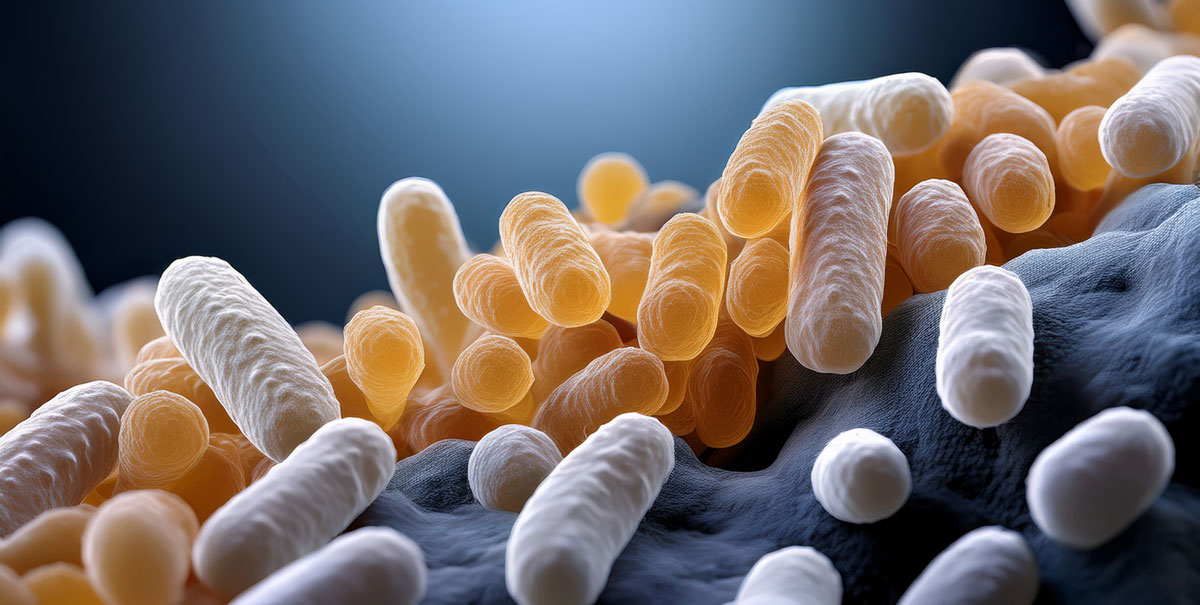
Biofiltration efficacy requires maintaining a robust microbial ecosystem.
The physical and chemical properties of biofilter media significantly impact overall system performance. Cell-Max™ and Enhanced Cell-Max™ media, composed of engineered inorganic substrates derived from post-consumer recycled glass, offer an optimal structure for microbial colonization.
Media Properties and Composition
The key properties influencing performance include:
- Surface Area and Porosity: The open-cell structure maximizes microbial attachment and biofilm development, enhancing biological activity and contaminant degradation.
- Nutrient-Enriched Composition (Enhanced Cell-Max™): The proprietary blend of nutrients, adsorbents, and minerals fosters microbial proliferation, thereby improving biofiltration efficiency.
- Structural Stability: The rigid and non-degradable nature of the media ensures long-term mechanical stability, preventing compaction and breakdown.
Microbial Colonization and Activity
Biofiltration efficacy depends on the establishment and maintenance of a robust microbial ecosystem. Key considerations include:
- Biofilm Formation: The development of microbial biofilms on the media surface is essential for the biodegradation of odorous compounds such as hydrogen sulfide (H2S), volatile organic compounds (VOCs), and ammonia (NH3).
- Microbial Diversity: A diverse microbial community enhances the degradation capacity and resilience of the system to fluctuations in contaminant loads.
- Acclimation Period: A stabilization phase is required for microbial communities to adapt to operational conditions, optimizing long-term system performance.
Airflow and Pressure Drop
Efficient air distribution and minimal pressure drop are critical to biofilter functionality.
- Uniform Airflow Distribution: Ensuring even airflow across the media prevents channeling, which can lead to localized inefficiencies.
- Pressure Drop Considerations: The initial pressure drop (prior to system startup) for Cell-Max™ and Enhanced Cell-Max™ is less 0.091 in-WC per foot of media depth, with anticipated gradual increases over time due to biomass accumulation. Long-term operation is expected to maintain a pressure drop within 0.10–0.25 in-WC per foot of media depth.
- Biomass Accumulation: While microbial proliferation is beneficial, excessive biofilm buildup may necessitate periodic monitoring and intervention to sustain airflow efficiency.
Moisture Control and Humidity Regulation
Maintaining appropriate moisture levels is crucial for microbial metabolism and biofilter efficiency.
- Optimal Humidity Range: The ideal relative humidity range for microbial activity is 40–70%.
- Water Retention and Drainage: The engineered glass-based media effectively retains necessary moisture while preventing excessive water accumulation, which could lead to anaerobic conditions.
Odorous Compound Loading and Residence Time
The effectiveness of a biofilter in removing contaminants is influenced by:
- Influent Gas Composition: The concentration and nature of contaminants such as H2S, VOCs, and NH3 determine microbial degradation efficiency.
- Residence Time: Adequate empty bed residence time (EBRT) is necessary to ensure complete bioconversion of pollutants before the treated air is discharged.
Temperature and Environmental Conditions
Microbial activity is inherently temperature dependent.
- Optimal Temperature Range: Microbial degradation efficiency is maximized between 15°C–35°C (59°F–95°F).
- Resilience to Environmental Variability: Unlike organic media, Cell-Max™ and Enhanced Cell-Max™ exhibit high thermal stability, minimizing the impact of temperature fluctuations on system performance.
System Maintenance and Longevity
The durability and low-maintenance characteristics of engineered inorganic substrates contribute to the cost-effectiveness and sustainability of biofilter systems.
- Extended Lifespan: Unlike organic-based media, Cell-Max™ and Enhanced Cell-Max™ do not degrade over time, eliminating the need for frequent replacement.
- Routine Monitoring: Periodic inspections of biofilm development, moisture levels, and airflow distribution are recommended to ensure sustained operational efficiency.
By optimizing these factors, Cell-Max™ and Enhanced Cell-Max™ biofilter media provide a long-lasting and high-efficiency solution for odor control while minimizing operational costs and maintenance requirements.